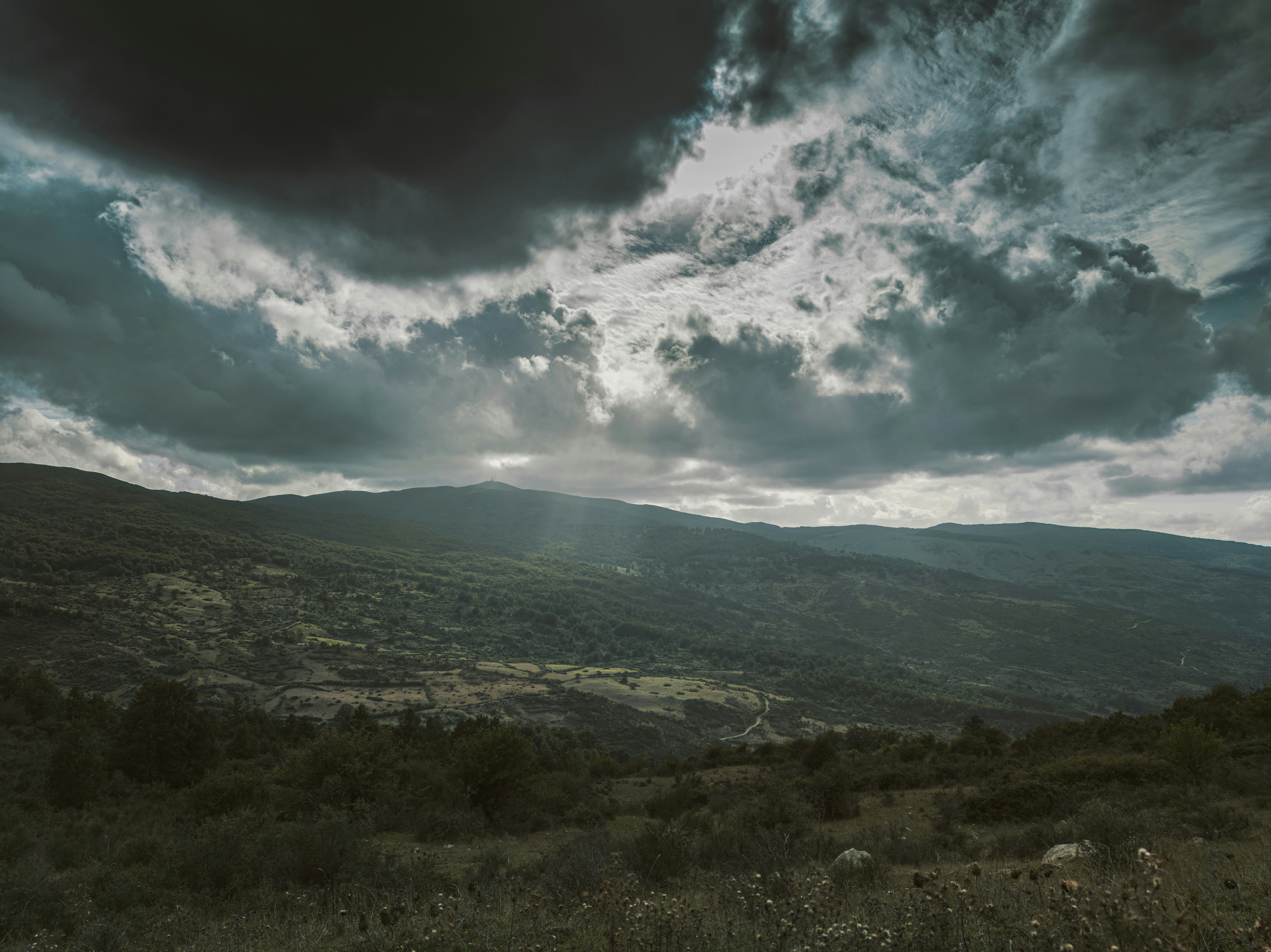 Both the title cave and the scientific title spelaeus derive from the fact that fossils of this species had been principally found in caves, indicating that this species spent more time in caves than the brown bear, which solely uses caves for hibernation. However, tubers and different gritty food, which cause distinctive tooth wear in modern brown bears, don't seem to have constituted a major part of cave bears' diet on the basis of dental microwear evaluation. Cave bear teeth show better wear than most fashionable bear species, suggesting a weight loss plan of powerful materials. Because you can put on undergarments with them. You possibly can imagine the scene as teenagers screamed and taunted each other as one automobile pulled ahead, then the opposite, by a series of dips and curves on the determine-eight-shaped course. The cave bear's range stretched across Europe, from Spain to Eurasia, from Italy and Greece to Belgium, the Netherlands and Great Britain, throughout a portion of Germany via Poland, then south into Hungary, Romania and elements of Russia, Caucasus and northern Iran. They then observe the Bear foraging. Cave bear - Ursus spelaeus - skeleton. This is a fantastic grownup cave bear skeleton. Width of skeleton is 33 inches.
Both the title cave and the scientific title spelaeus derive from the fact that fossils of this species had been principally found in caves, indicating that this species spent more time in caves than the brown bear, which solely uses caves for hibernation. However, tubers and different gritty food, which cause distinctive tooth wear in modern brown bears, don't seem to have constituted a major part of cave bears' diet on the basis of dental microwear evaluation. Cave bear teeth show better wear than most fashionable bear species, suggesting a weight loss plan of powerful materials. Because you can put on undergarments with them. You possibly can imagine the scene as teenagers screamed and taunted each other as one automobile pulled ahead, then the opposite, by a series of dips and curves on the determine-eight-shaped course. The cave bear's range stretched across Europe, from Spain to Eurasia, from Italy and Greece to Belgium, the Netherlands and Great Britain, throughout a portion of Germany via Poland, then south into Hungary, Romania and elements of Russia, Caucasus and northern Iran. They then observe the Bear foraging. Cave bear - Ursus spelaeus - skeleton. This is a fantastic grownup cave bear skeleton. Width of skeleton is 33 inches.
 From back of wall to fingers is fifty four inches. Skull size sixteen inches lengthy, 12 inches high and 8 1/2 inches large. The United Nations High Commissioner for Refugees (UNHCR) estimates that a 3rd of all stateless persons are youngsters and more than seventy five % are members of a minority group. But persons are visible creatures. These stoves are economical to purchase. The skin and muscle tissue of this fossil, nicknamed Dakota, are intact. Their legs and our bodies had been quick and powerful, and they'd loads of muscle mass, inflicting them to weigh too much greater than the typical lion. There are an astonishing variety of Cave Bear fossils; some caves in Europe have yielded actually 1000's of bones, to the extent that Ursus spelaeus skeletons had been processed in bulk for his or her useful phosphates throughout World War I. This does not imply, nevertheless, that Cave Bears died en masse like herd animals from disease or flash floods; you have to realize that the same caves may very well be occupied by these beasts for a whole bunch of 1000's of years, so one or two deaths a year added up to quite a lot of bones!
From back of wall to fingers is fifty four inches. Skull size sixteen inches lengthy, 12 inches high and 8 1/2 inches large. The United Nations High Commissioner for Refugees (UNHCR) estimates that a 3rd of all stateless persons are youngsters and more than seventy five % are members of a minority group. But persons are visible creatures. These stoves are economical to purchase. The skin and muscle tissue of this fossil, nicknamed Dakota, are intact. Their legs and our bodies had been quick and powerful, and they'd loads of muscle mass, inflicting them to weigh too much greater than the typical lion. There are an astonishing variety of Cave Bear fossils; some caves in Europe have yielded actually 1000's of bones, to the extent that Ursus spelaeus skeletons had been processed in bulk for his or her useful phosphates throughout World War I. This does not imply, nevertheless, that Cave Bears died en masse like herd animals from disease or flash floods; you have to realize that the same caves may very well be occupied by these beasts for a whole bunch of 1000's of years, so one or two deaths a year added up to quite a lot of bones!
Some however level out that though some caves have hundreds of bones, they were accumulated over a period of 100,000 years or extra, thus requiring only two deaths in a cave per year to account for the large numbers. The cave bear (Ursus spelaeus) was a species of bear that lived in Europe throughout the Pleistocene and turned extinct initially of the Last Glacial Maximum about 27,500 years ago. Cave bears of the last ice age lacked the same old 2-three premolars current in other bears; to compensate, the last molar could be very elongated, with supplementary cusps. First, Ursus spelaeus wasn't any larger than fashionable Brown Bears or Polar Bears; males attained maximum weights of about half a ton, while the a lot smaller females only tipped the scales at 500 pounds or so. Wild "corns" often incorporate shades of orange, yellow and brown into their coloration schemes - with some adorable checkering on the stomach.
No cave bear has awoken from this remaining hibernation, however the animals' DNA lives on: A brand new research confirms that about 0.9 to 2.4 percent of dwelling brown bears' DNA traces back to the extinct species. Its stout body had lengthy thighs, huge shins and in-turning toes, making it comparable in skeletal construction to the brown bear. And third, Cave Bears and early humans did not overlap in any vital approach, though there are some hints that small populations of Neanderthals may have worshiped this intimidating beast; whatever the case, humans actually didn't hunt the Cave Bear to extinction, as they did so many different megafauna mammals of the final ice age. The Cave Bear is a species of bear that lived in Europe and Asia during the Pleistocene and grew to become extinct about 24,000 years ago during the Last Glacial Maximum. When drilling ceased 22 years later, the Soviets' Kola Superdeep Borehole was the deepest hole on Earth. After roaming Europe and Asia for greater than a hundred thousand years, cave bears died out some 24,000 years ago, after a millennia-long dying spiral possibly spurred by searching, natural climate change, and competitors with people for habitat. The Beckham Creek Cave Lodge in Parthenon, Arkansas - the guts of the Ozark countryside - was constructed by Celestial Seasonings founder Mo Siegel in a pure cave as an finish-of-the-world safehouse.













0 komentar:
Posting Komentar